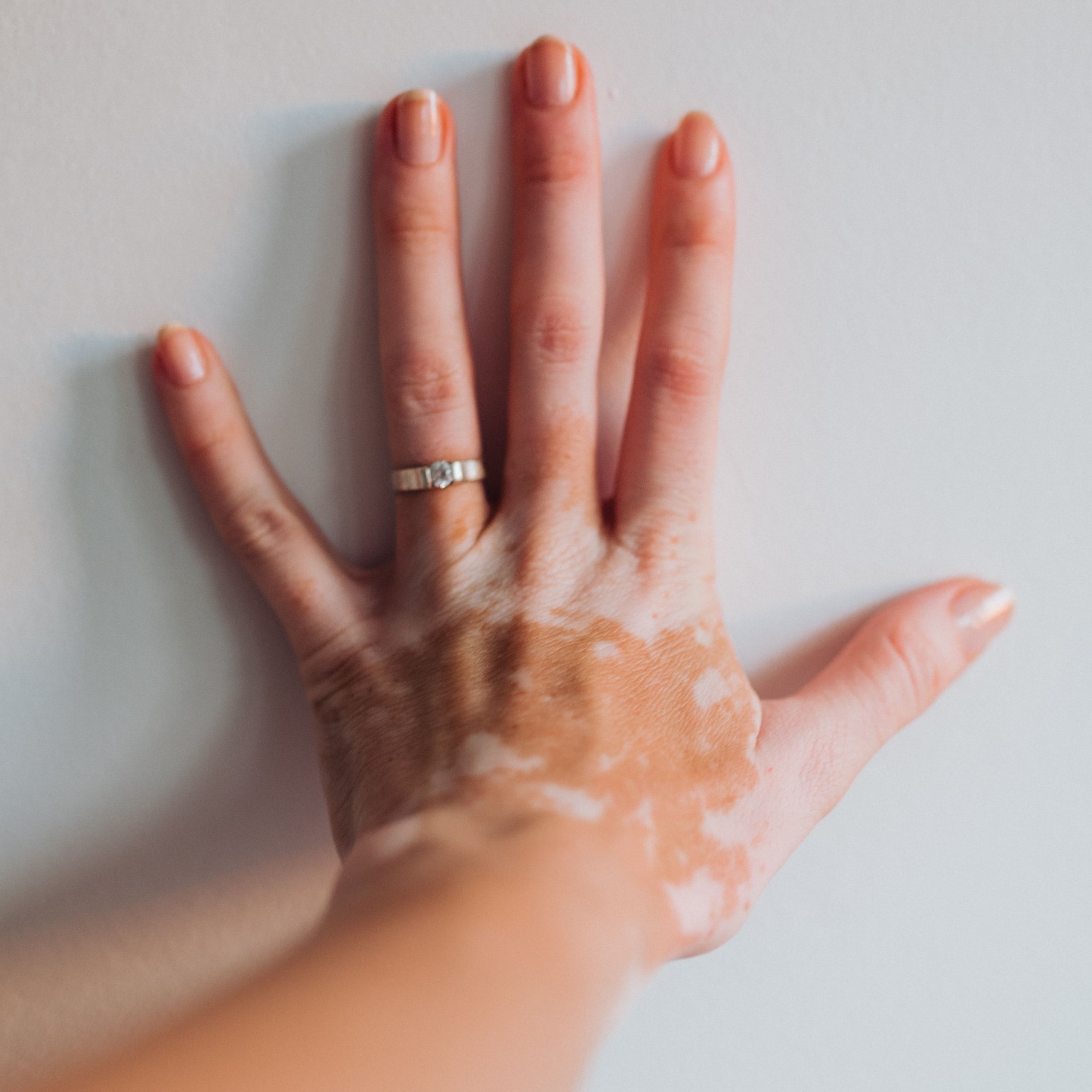Article
Lisa Arkin, MD: Managing Vitiligo in Pediatric Patients
Author(s):
Dr. Arkin speaks to how the psychological burdens of vitiligo can be exacerbated in younger patients, and what anticipated approvals such as ruxolitinib cream could mean for pediatric populations.
Lisa Arkin, MD

Much like psoriasis and alopecia areata, the inflammatory autoimmune disorder vitiligo has been associated with significant psychological and emotional burdens, all of which are exacerbated in younger patients.
It can be difficult to treat children and adolescents with vitiligo due to the lack of effective treatments, as well as the hesitation some patients feel when communicating the burdens of their disease
Fortunately, pediatric dermatologists such as Lisa Arkin, MD, member of the Society for Pediatric Dermatology, University of Wisconsin School of Medicine & Public Health and American Family Children's Hospital, have remained dedicated in providing optimal care to patients and their families.
In an interview with HCPLive, Arkin spoke of the challenges of treating pediatric vitiligo, and how off-label treatments ruxolitinib may, in time, be able to benefit younger patients.
HCPLive: What is your experience treating children with vitiligo, and what are the conversations being had with their families in terms of what treatments are currently available?
Dr. Lisa Arkin: I think this has been a tremendously difficult disease to treat in kids, in part because we didn't really have particularly effective therapies and we had nothing, to date, that really could prevent this ongoing autoimmunity in the skin.
So, even when the treatments worked they involved putting lots of topical therapies on both kids and adults twice a day, knowing that there were risks and probably not a lot of benefit. I think like other autoimmune disorders in the skin, vitiligo is one where there's really a huge spectrum of disease severity but also impacts on the individual patients.
There are some patients who have very light skin in relatively concealed areas, and this is not a big deal for them, and we have other patients who are more severely stigmatized in part due to more cosmetically sensitive areas. But it’s also based on skin tone, because the more melanin you have in your skin the more starkly contrasting vitiligo is, and I think the lack of evidence-based treatments that are effective has been a huge problem not just for adults but also for kids.
Childhood is a pretty formative time, there's a lot of ongoing social stress in general, post-COVID-19. The bullying situation can quite be impactful in terms of kids who have this, depending on what the social situation is like, so it's been a really hard problem.
I think the celebration over having not just the JAK inhibitors topically and potentially lots of other therapeutics that are currently in clinical trials, this becomes really another area of autoimmune skin disease, where the translational revolution has led to targeted treatments that will be much more effective than anything we've had to date. So that's a huge celebration for the kids and adults.
I expect this will probably trickle to adults before children based on the way the trials were done, but that's going to be a game changer in terms of how we treat these patients and the expectations they can have for improvement. The way we've been able to leverage as a field, you know, the, the translational evidence to drive new therapeutic targets, that's part of why this is such a celebration.
HCPLive: There’s a lot of excitement regarding the potential approval of ruzolitinib cream for vitiligo. It reminded me of something that you said in our last conversation on baricitinib. You mentioned that approvals like this can help change the narrative in terms of how these conditions such as vitiligo are being seen only as cosmetic conditions.
Dr. Lisa Arkin: Vitiligo- like all of the other autoimmune skin diseases- we see that localized the skin is another cutaneous manifestation of ongoing autoimmune disease, and we know about this pathway. We know it involves, the generation of interferons, and particularly interferon gamma. That's really what has led to these new and evolving therapeutics. But the folks and the insurance companies who dismiss this as a cosmetic problem really don't understand the science behind it, and certainly, like all of the areas of skin disease that dermatologists treat this one synergizes with every other aspect of quality of life.
As dermatologists the symptoms are critical, but quality of life is one of the most important mediators that that we really can address. I think FDA probably doesn't look at quality of life so much, but the anticipation for all of us who treat these patients and feel their pain and their sense of difference and our own failure at being able to get them more (treatments), we'll just joyfully celebrate the ability to write for a drug that we know is going to be effective, because we have phase 3 randomized controlled trial that shows it was enormously effective.
This is going to be a huge game changer in what we can offer to our patients, not just in terms of the availability of drug with the expectations that their skin disease will improve. This is a visible skin disease, but we're looking at ongoing autoimmunity in the skin, and that's really the celebration here: that we're one step closer to understanding not just how to treat vitiligo and alopecia areata and atopic dermatitis, but a whole range of diseases that present in the skin that leverage similar and shared immunology.
HCPLive: It seems like the dermatology community is ramping up towards better treatments and a brighter future. There also seems to be more of an acceptance and a willingness to embrace this condition, and perhaps more representation of vitiligo in our culture.
Dr. Lisa Arkin: I think everybody approaches their own difference and visibility in a unique way. For those of us who are caregivers and physicians, it's really about meeting patients where they are so we can align their expectations with our ability to get them what is going to be safest and most medically acceptable (treatment).
Patients with vitiligo- like all other autoimmune disorders in the skin are- at risk for systemic autoimmunity and we follow for that, but not every patient wants to be treated. And that's okay. It's just that there are a significant number (of patients) who really internalize and physically experience the stigma of this disease in a way that has made it almost impossible for us to help them over the last 50 years. So, having another tool in our tool belt that we know will get them not just improvement in a safe way but in a significantly effective way (is important). It doesn't mean that it's one size fits all right, and every patient is an individual, and I think our job as physicians and providers is to make sure patients are healthy and sound and that they're being screened appropriately. For those who want more than we've been able to give them, we'll be able to get that and that. That's a huge gap right now.





